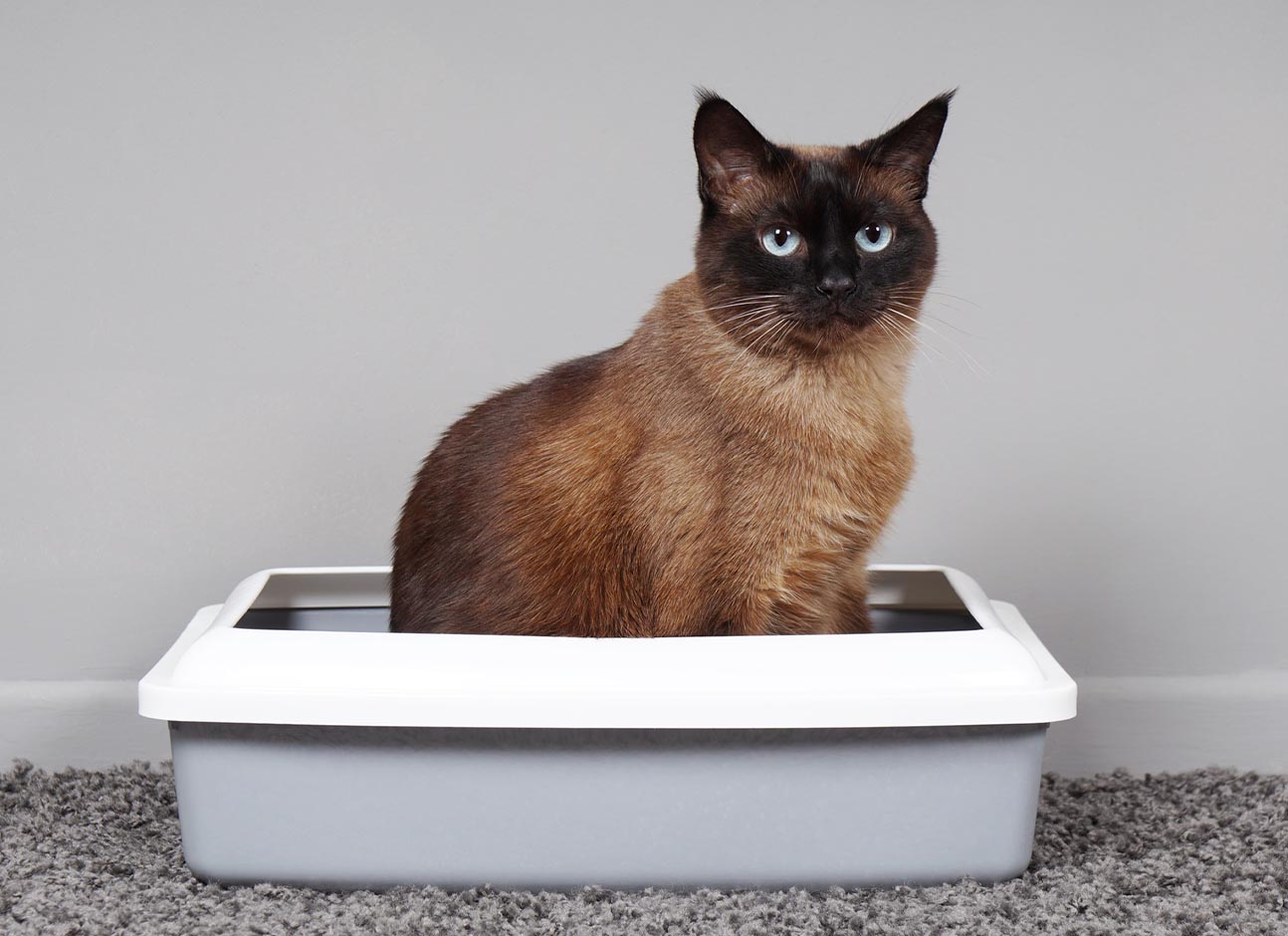To teach a cat to use a litter tray, it’s helpful to understand their natural instincts. Cats are predators that rely on stealth and a keen sense of smell to hunt their prey, whether in the wild or urban environments. This is why they have soft paws and rough tongues, which they use to groom themselves daily. Cats are also meticulous about burying their waste, even attempting to do so on bare floors when no other option is available.
Cats develop cleanliness habits early in life, often learning from their mothers. For example, a kitten may try to bury a small water puddle on the floor, believing it to be its own waste. This innate desire for cleanliness makes it relatively easy to train cats to use a litter tray. They typically learn quickly, either on their own or by observing their mother. It’s important to avoid using physical punishment during training and to approach the process with care and patience.
To train a kitten, follow these steps:
Allow the kitten to leave its scent in the tray. This marking will help the kitten recognize the designated spot for its waste.
When introducing a kitten to a new environment, initially limit its space to a small room. Place food and water in one corner and the litter tray in another. Once the kitten is accustomed to this arrangement, gradually expand its access to the rest of the house, ensuring it can reach the litter tray in time.
Ensure the litter tray is comfortable for the kitten. Pay attention to its stability, the height of the edges (which should not be too high), and the amount of litter inside.
By understanding a cat’s natural instincts and providing a comfortable, designated space for waste elimination, most cats can be effectively trained to use a litter tray in a designated area.
Once the kitten is accustomed to using the litter tray, you can move it to a more convenient location, such as the bathroom or hallway, where it will be accessible and comfortable for the animal.
There may be instances when the kitten misses the litter tray. In these situations, avoid yelling, stomping your feet, threatening physical violence, or rubbing their nose in their waste. Such behavior is counterproductive and harmful. Instead, calmly and quietly move the kitten back to its litter tray. Over time, you will establish an understanding with your pet.
Certain situations may be complicated by the pet’s emotional state. For example, a cat might protest a neglected litter tray or seek attention. The presence of strangers in the house can also cause fear, anxiety, and stress for the animal.
When multiple animals live in the same household, providing separate litter trays may be necessary, as not all cats are comfortable sharing their litter box with others.
If your pet consistently eliminates waste in inappropriate areas, clean those spots thoroughly using special detergents and bio-additives. You can also add table vinegar to disinfect and remove lingering odors. Block access to the area temporarily or place a vinegar-soaked rag there until the animal changes its behavior. Placing food bowls in these spots can also help, as animals typically avoid soiling their eating areas.
Patience is crucial when dealing with your pet. Never deprive them of attention and care, and never resort to physical force, even after a reprimand.
